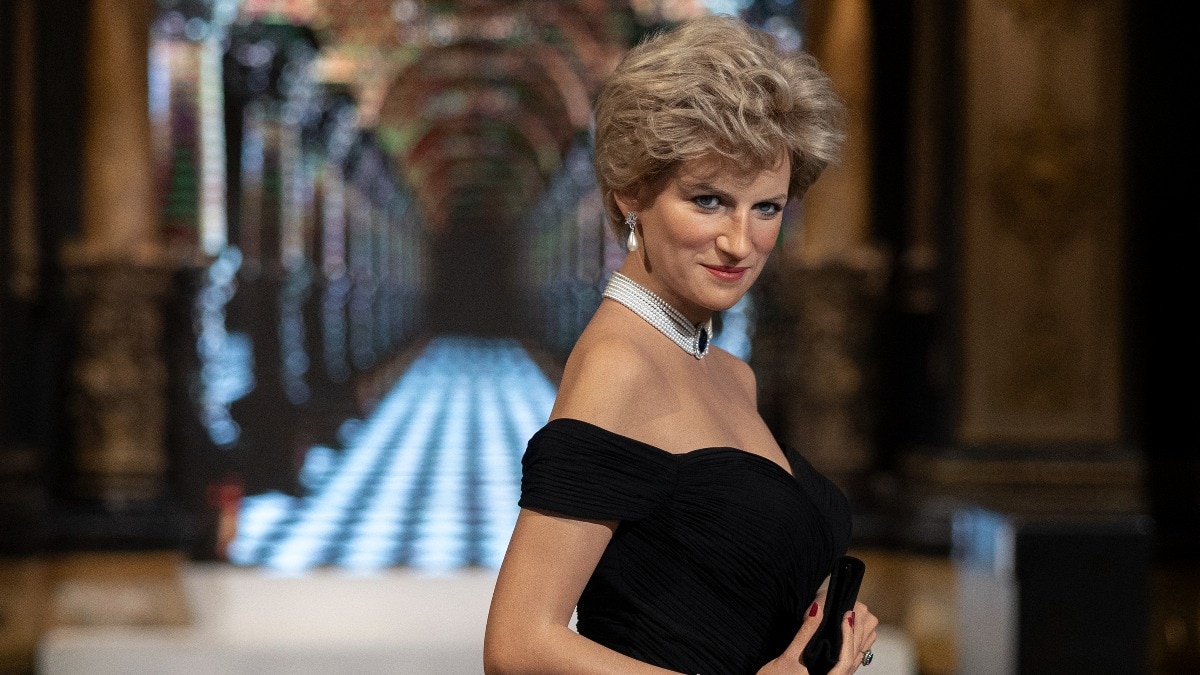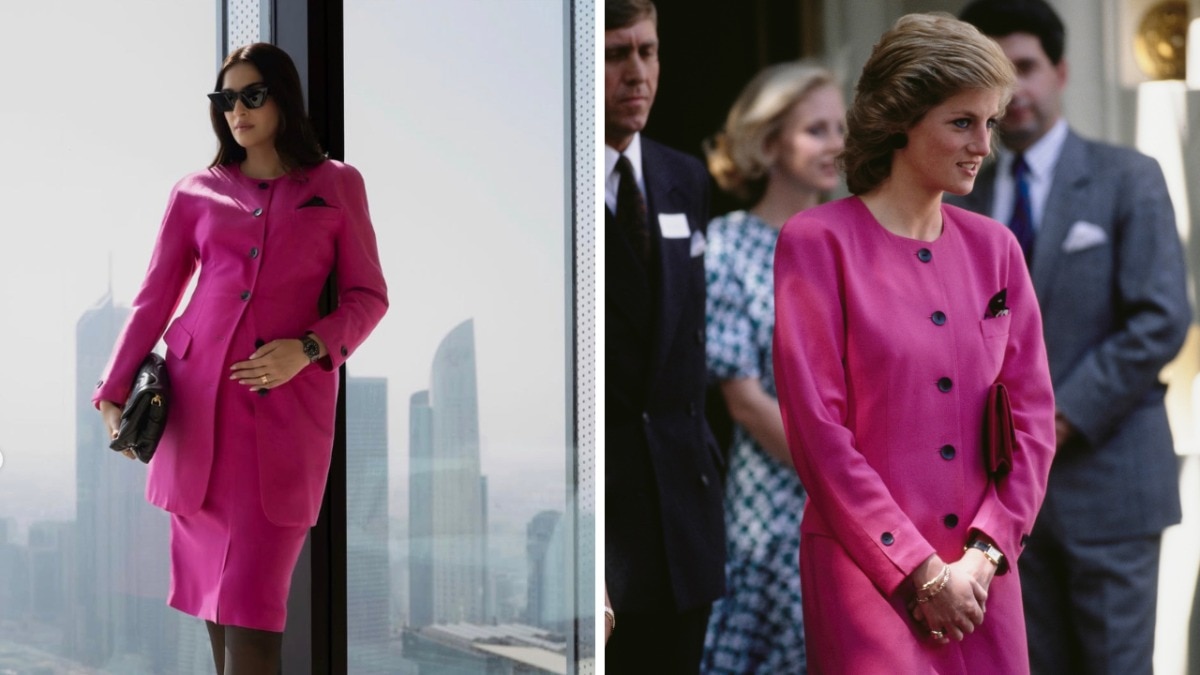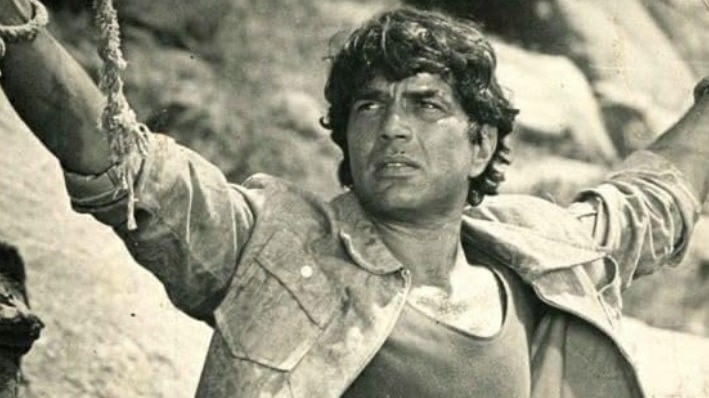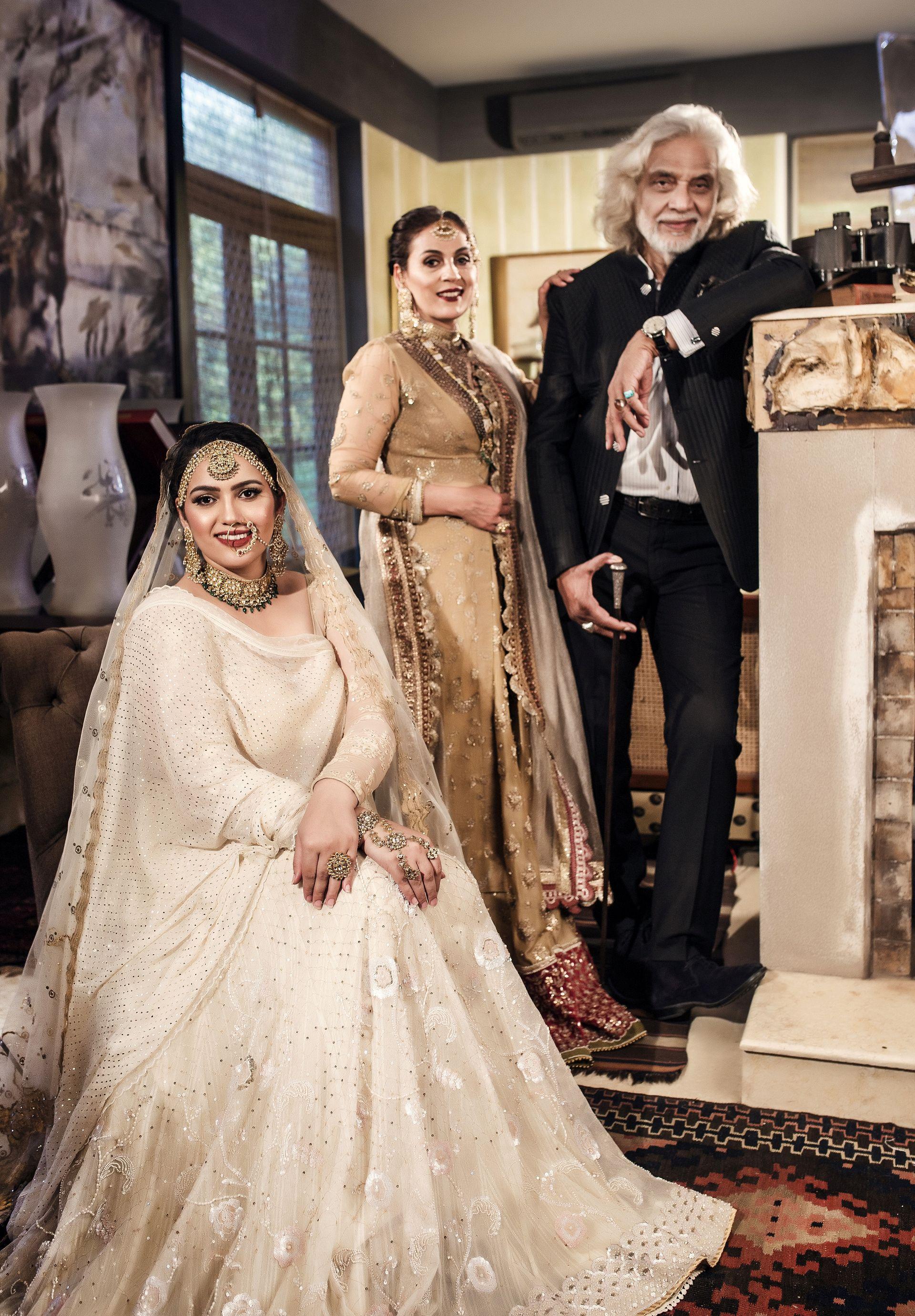
- Home
- Royalty
HELLO! India Exclusive: Chronicling the royal family of Kotwara's living legacies through Meera, Muzaffar and Sama Ali
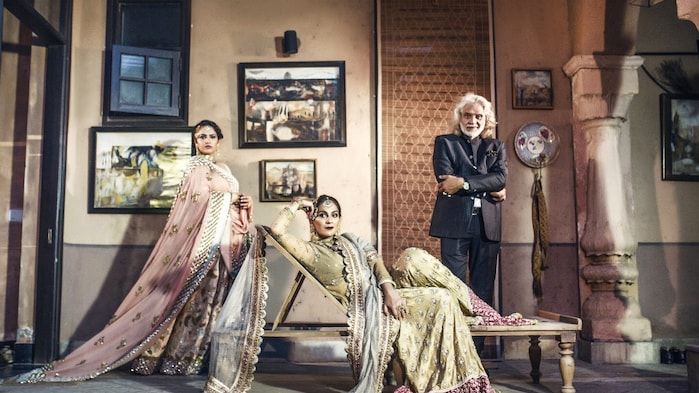
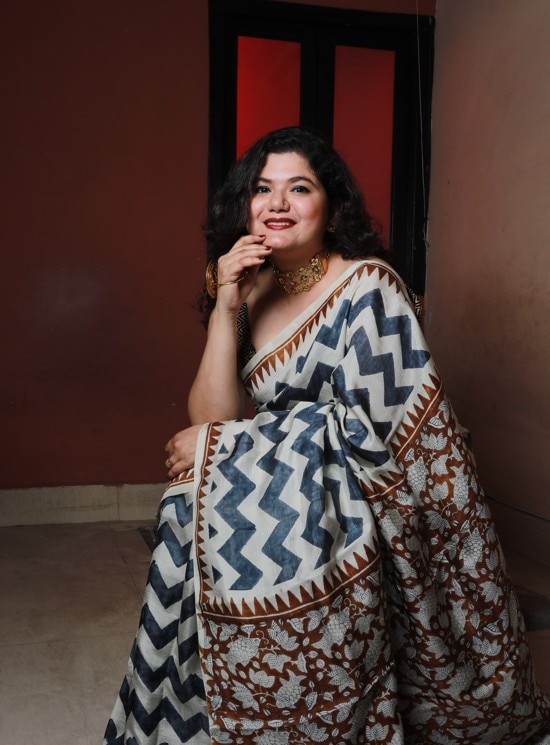
We live in a day and age that provokes us to juxtapose the relevance of artistry against frequency. With fleeting trends mushrooming every day, the most authentic form of luxury is the creation of lasting insight that supersedes the constant pressure of being validated and noticed. Such luxury also finds better expression when teamed with an artistic legacy to become culturally iconic. Therein lies its heritage, which inspires aesthetes to explore, create, sustain and celebrate what’s been carried forward with an inherent sense of responsibility.
This thought is translated This thought is translated into a lived reality, as we turn the pages of a thoughtfully curated coffee table book on Umrao Jaan, while Muzaffar Ali shares memorable anecdotes from the experience of filming the 1981 cult classic. Holding on to a legacy is an intangible act that requires prolonged work; it involves minds that derive inspiration from this journey to ceaselessly aspire to be part of it.

“You have to find people who respect and relate to this idea beyond the visible part of it. Their thoughts must align, and they need to share similar concerns over culture and execution. But the motivation must be larger than the act itself,” reflects the raja of Kotwara, whose repertoire extends far beyond the memorable films he made.
Be it in the realm of Indian couture, the art of storytelling through brushstrokes, penning works that drum up memories, nostalgia and conversations, or creating a platform that draws people from all walks of life to delve deeply into the calm of Sufi verses, Muzaffar is much more than a cultural revivalist or creative maverick...
TWO HOMES, ONE SENTIMENT
We’re at the Gurugram home of Meera and Muzaffar Ali, which gives us a faint idea of what it’d be like to live in Kotwara House, located in the Kaiserbagh Palace complex in Lucknow. While the contemporary interior of this Gwal Pahari residence is replete with fascinating furniture and walls bedecked with elaborate paintings by Muzaffar himself, the home celebrates not just the visual aesthetics of this artistic couple — it’s a design and architectural testimony to an era gone by, in a city known to move at breakneck speed.

“The world inside Kotwara House cuts you off from the din of the surrounding streets. We find such peace and quiet in this home, as well,” says Meera, the architect in the illustrious family. “An hour in Kotwara feels like a month. But isn’t it that slow living that rejuvenates and sustains the mind, that seeks to create something for posterity?”
Muzaffar adds: “People meet and have meaningful conversations. You realise the responsibilities you’re assigned. A royal lineage is all of that, as well. The legacy behind the arts and crafts needs to be protected, restored and taken ahead with dollops of patience to maintain the cultural connection even as we enjoy the moment.”
THE ANTIDOTE TO REALITY
Perhaps it was this desire to reconnect with his roots and to foster the exchange of an elevated idea of literature that prompted Muzaffar to launch the Jahan-e-Khusrau Festival roughly 20 years ago. “With all the chaos around us, I wanted to be the co-creator of a space where people would willingly surrender to the idea of melody, of Sufi verses. While the world recognised me for cinema, Jahan-e-Khusrau became a platform for singers and poets from across the world to congregate and celebrate the beauty, lyricism and surreal quietness of the Sufi school of poetry. It’s become a zone where people are transferred into a state of calm through beautiful literature. In a world crippled by disturbing realities, we’ve found an antidote,” says the auteur, currently involved in the restoration of the unreleased film Zooni, which dealt with the problematic premise of insurgency and unrest in Kashmir.
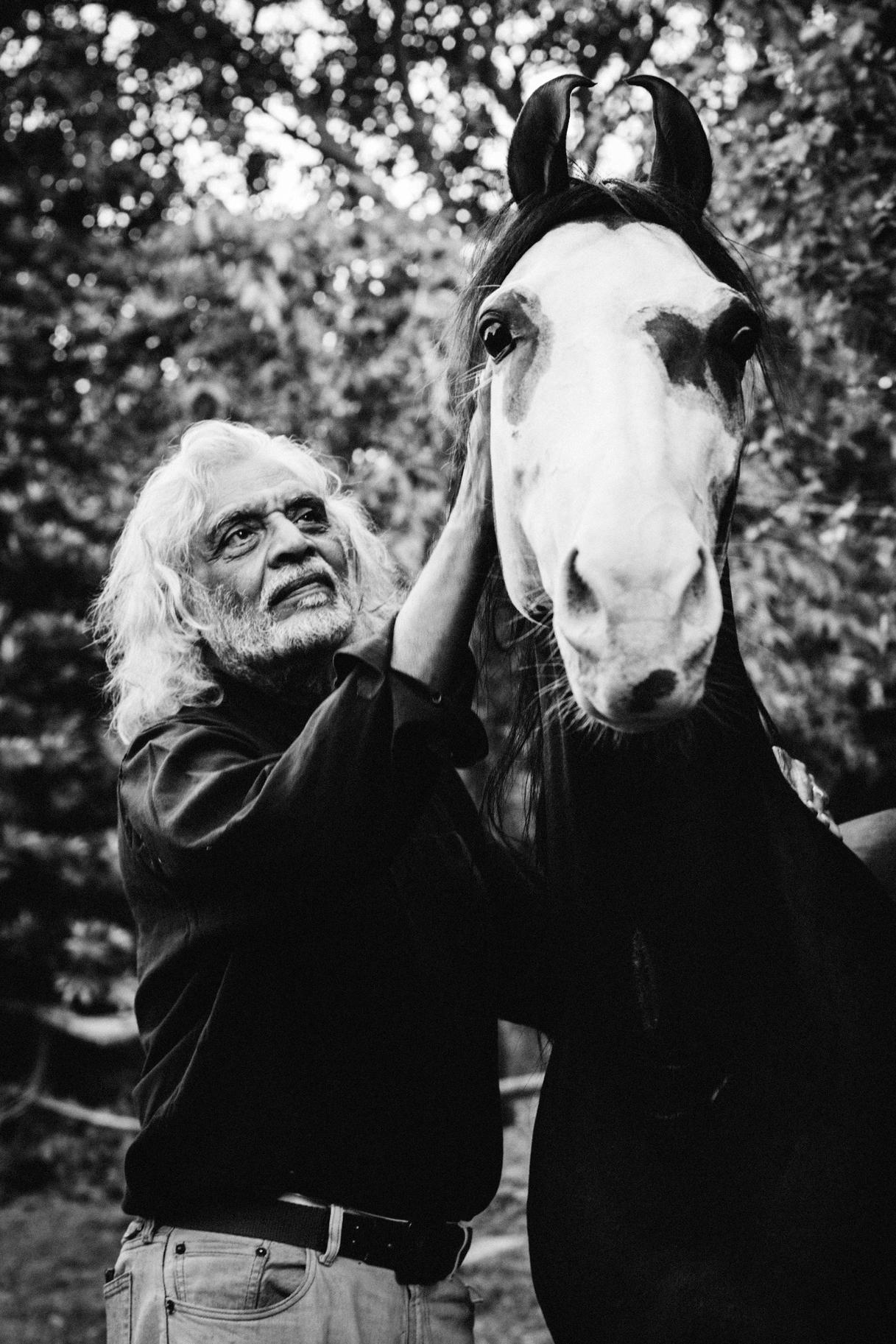
Meera adds to his sentiment: “Cinema as a medium has a bigger reach. But we also have to question the kind that’s being made today. There’s this want of depth or timelessness, be it in cinema or design, or any creative line, for that matter — unlike our couture label, House of Kotwara, which has never been a flash in the pan, as we stuck to our core ideology of holding on to the legacy we were entrusted with. Be it in the realm of culture, design, architecture or in protecting hand embroidery.” Reminded of his days in Kolkata even before he made Gaman in 1978, Muzaffar tells us about his interactions with filmmaker Satyajit Ray, when they worked at the same firm in the city.
“During our conversations, I realised how clear Ray’s thought process was. You get to witness this clarity in his cinema, be it in the imagery, the dialogue, or the music. Through his cinema, Ray becomes an entity in every frame. It’s this creative vision of the director that’s being snuffed out by mediocrity and formulaic cinema.”
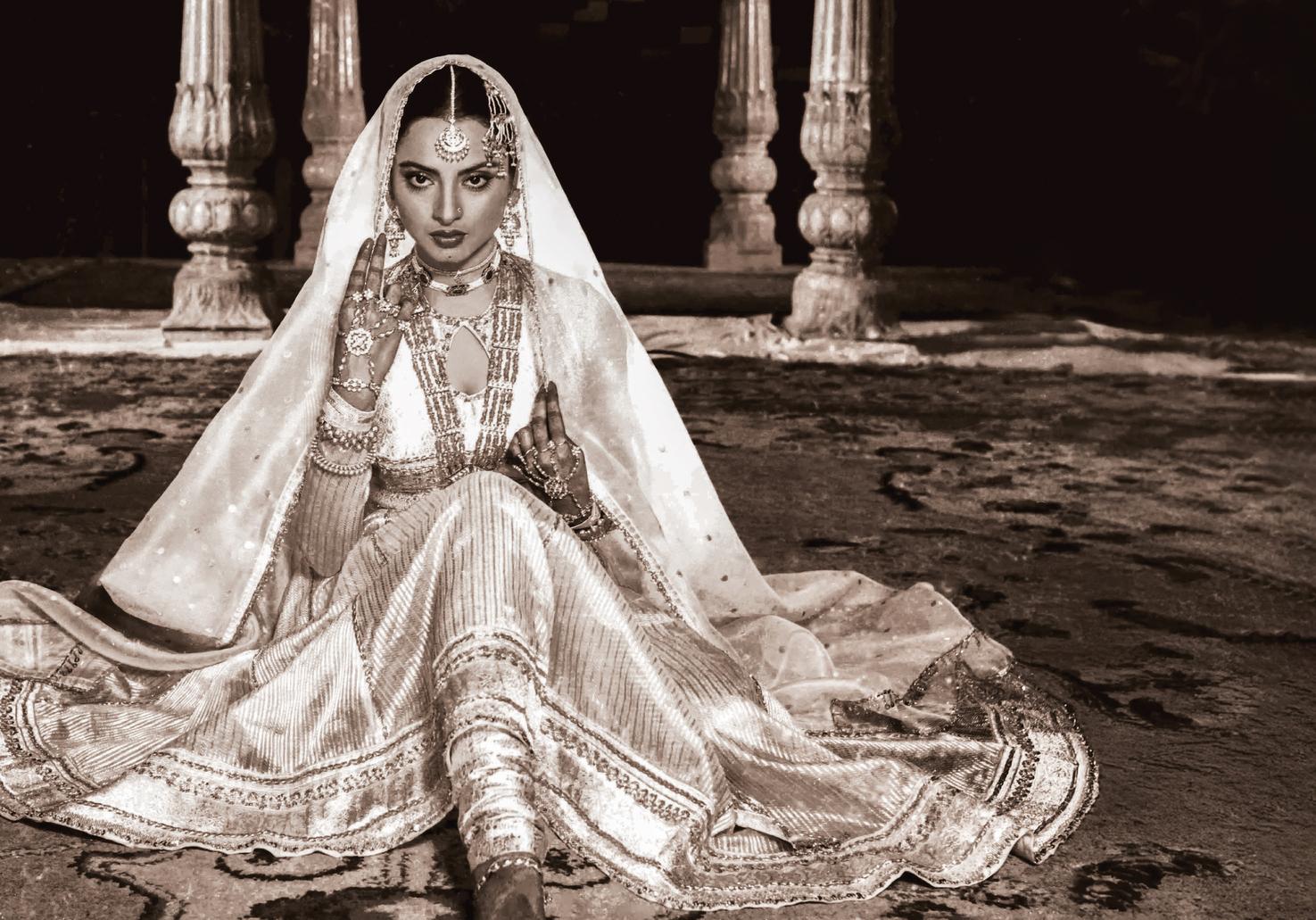
Sama Ali, their daughter, believes her father upheld the same principles of filmmaking, breathing his personal observations and experiences into his scripts, rooted in his culture and the milieu he grew up in. “Those movies continue to be relevant because of their authenticity and honest rendition,” says Sama. “In each of his films, he brought out the diverse aspects of the societies in Lucknow and the royal charm and the aristocratic splendour of olden times. And even within that, there were poignant stories of unrequited love and longing. No one wants to take a risk on the director’s creative vision and art of storytelling anymore.
THEIR LEGACY IN COUTURE
Today, as Sama infuses young energy into the operations of House of Kotwara, she faces a similar crisis while balancing the timeless design ideologies of their couture label with the current modules of client retention. Known for classic silhouettes that showcase the finesse of intricate chikankari, kaamdani and zardozi, the brand has always found favour with those who understand the crafts celebrated by the designers here.
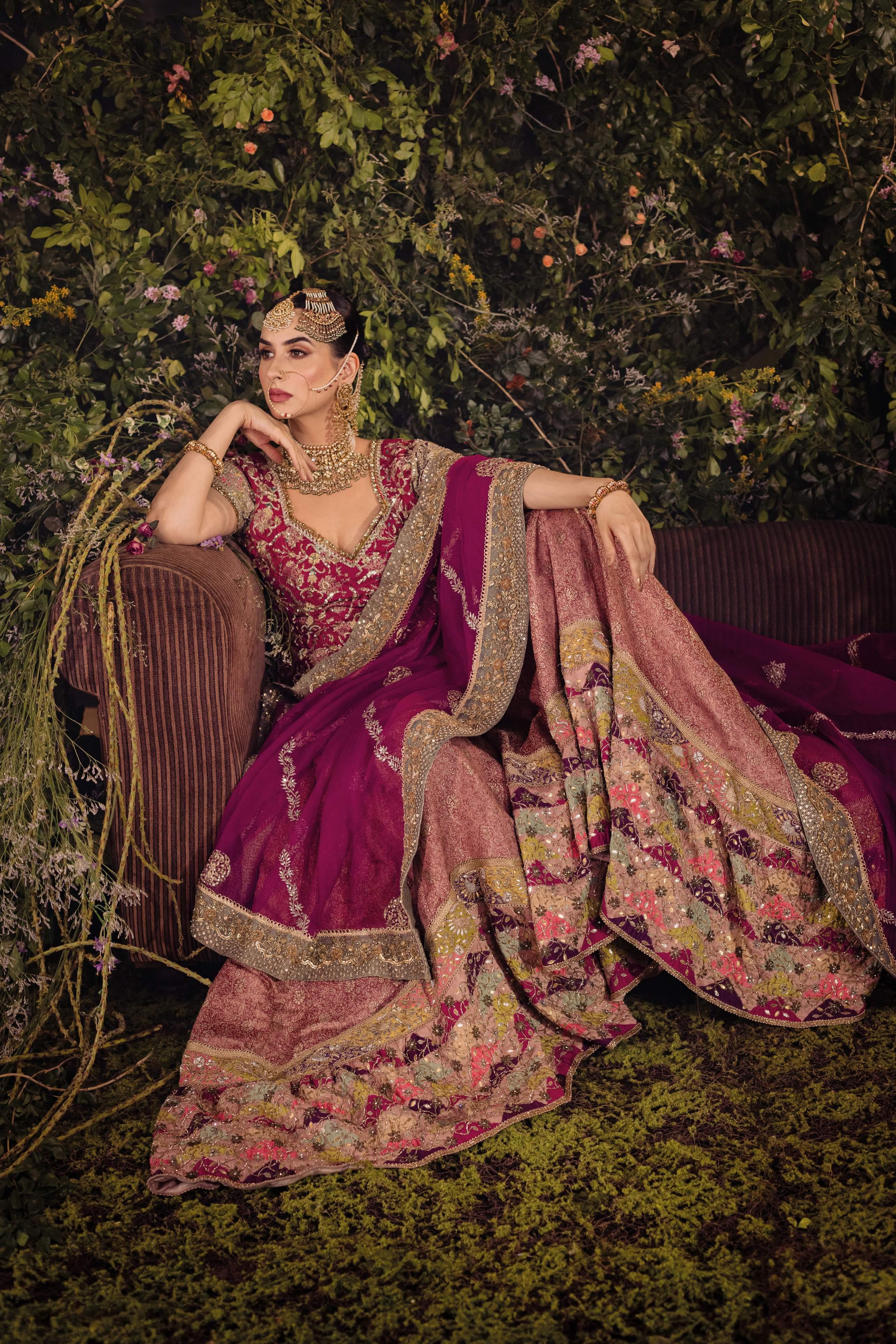
“The most fascinating part of design — be it in architecture or fashion — is to make it eclectic and timeless,” says Meera. “The work has to speak to you and strike a chord. The aesthete should be creative enough to use classicism in a way that it finds permanence even in an ever-changing mode. In that lies the newness, which then becomes a statement, a journey. If the philosophy is established correctly and one evolves patiently in the process of design without losing their original essence, people take you seriously enough to collect what you have made.”
Further emphasising the need to be in touch with your roots yet not play ostrich, Meera focusses on the need to adapt favourably to changes. “House of Kotwara was established 35 years ago. Today, daughters of the women who bought from us years ago come to us,” she smiles. “These patrons imbibed the vocabulary we inculcated over the years with utmost attention to detail. This love for our heritage became part of our storytelling and has made the newer generation rediscover us.”
“We neither paid heed to distractions, nor did we relent to over-exposure. There was always a quiet assurance about royalty. The costumes in Umrao Jaan and Muzaffarji’s films are part of the traditions we grew up with. This imprint of treasured heritage is retained in the family’s legacy and the work we do.” As Meera credits her daughter’s role in cementing this legacy all the more securely, Sama shares, “The idea is to never lose yourself in the noise, yet evolve within the ecosystem. We’ve carefully nurtured this relationship.” It all boils down to one idea: a connection with the past that inspires the honesty with which such stories are carried forward to future generations. “Memories and nostalgia form the bedrock of shared legacies and heritage,” says Muzaffar, glancing at a painting he made a few years ago.

“I remember the stories my father, Raja Sajid Hussain Ali, shared during dinner with the family. Everyone listened with rapt attention. Mealtimes were not just about enjoying the authentic recipes made by valued khansamas; it was also the sound of laughter and shared anecdotes. These memories, built over a period of time, cannot be conjured overnight. Yet, through the dinners we host at our home, while we share special Awadhi food, we also focus on meaningful conversations to make the evening memorable. Meera has chronicled these memories in her book, Dining with the Nawabs.”
The stimulation could be from anywhere. You can’t define such inspirations conclusively — they are more about sharing and responding to relationships built over the years. This beauty is subliminal, which perhaps is the most crucial quality of a continuing legacy.
This story was featured in the Vol 1. Issue 5 of HELLO! India. For more exclusive stories, subscribe to the magazine here.

